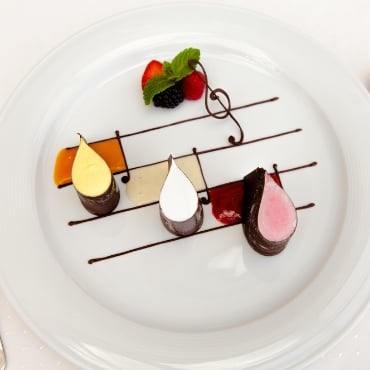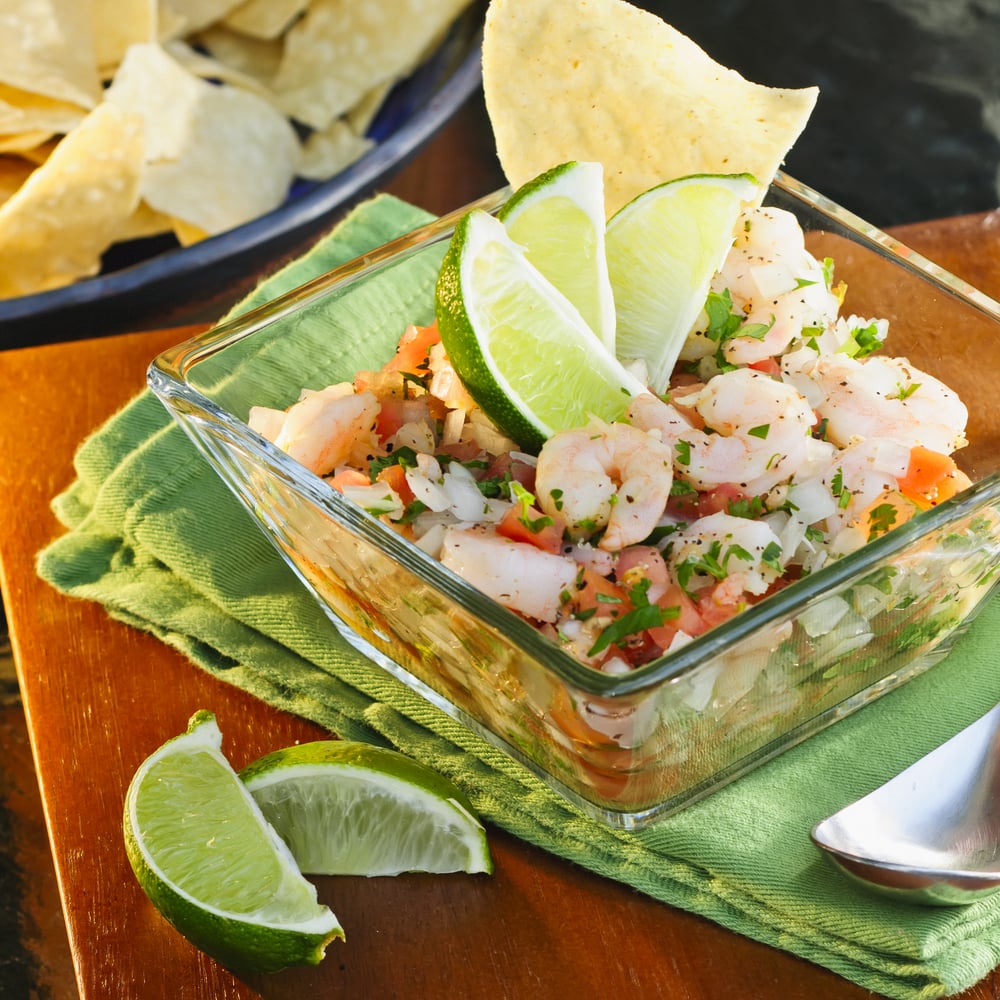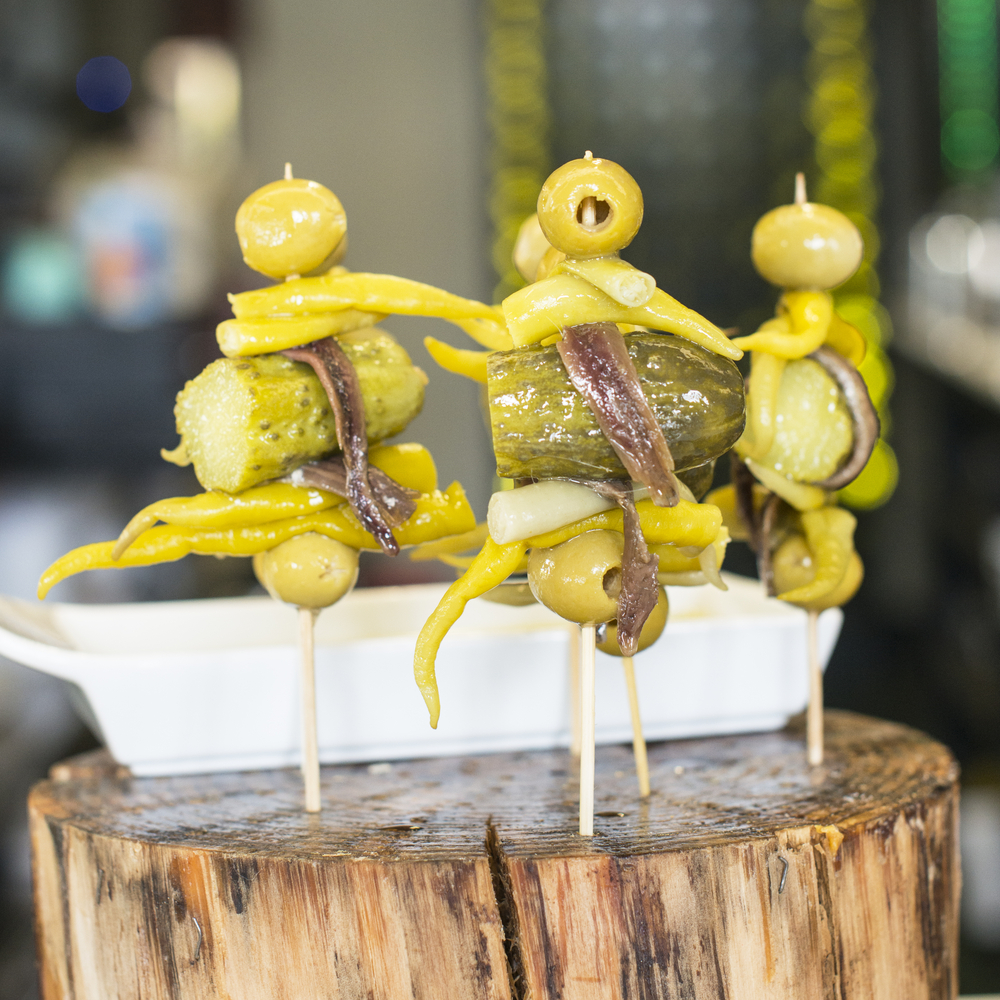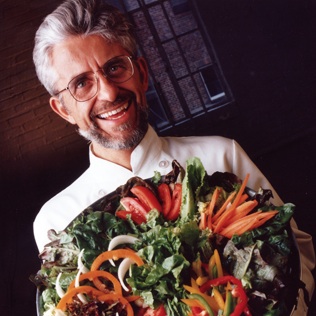When you call famed Pasadena diner Pie 'N Burger, owner Michael Osborn answers the phone. "I've been here pretty much in the front of the house for over 42 years," he says.
Founded in 1963, Pie 'N Burger is a tiny spot — five tables, 25 counter seats and an open kitchen — on East California Boulevard. Osborn began working for the restaurant in 1972, when he was a pre-dental major at the University of Southern California. "I knew I didn't want to be a dentist," he says. "Beyond that, I didn't know what I wanted to do." The answer, he discovered, was running Pie 'N Burger. Over the years, he gradually took over the business from its original owners and eventually purchased it outright.
The restaurant has thrived since then. Instead of remaining just a quaint local institution, Pie 'N Burger has become nationally known through an appearance on The Travel Channel’s "Burger Land." It's Zagat-rated and consistently wins awards for its food.
(Photo Credit: Pie 'N Burger- For 35 years, Pie 'N Burger's burgers have been made using an old family recipe and prime, freshly ground beef from the same small butcher shop.)
Read More
Topics:
Restaurant management,
Durability,
Classic diners,
Spindle mixers,
Restaurant longevity,
Customer Service
Chefs (and everyone else) have long known that the aroma and appearance of a dish profoundly influence how it will taste. But now the new science of neurogastronomy indicates that the sounds in the spaces where food is served also influence taste.
Read More
Topics:
Dining environment,
Sound,
Neurogastronomy,
Starbucks,
Food
Not all that long ago, conventional wisdom said the best Mexican food could be found only near the border, in Texas, Arizona or California. Then chefs around the country began stretching the definition of fine Mexican dining.
Read More
Topics:
Latin America,
Feature,
Food,
Margarita,
salsa,
chilies,
Mexican,
mariscos
The move to a greener operating style is paying off for restaurants of all sizes. Fully 79 percent of consumers prefer dining at certified green restaurants, according to the Green Restaurant Association. "Consumers are a lot more educated now than they used to be," says Michael Oshman, founder of the association. And going green, he says, helps solve two perennial challenges for restaurants: "How can I save money, and how can I bring customers in?"
Read More
Topics:
Restaurant management,
Durability,
Operational efficiency,
Green Restaurants,
Food,
Customer Service
Beautiful, delicate pintxos—a type of tapas from Spain's Basque region—with olives, cucumbers, anchovies (right).
In Asian nations, there's a big appetite for small plates. Tapas culture—the sharing of dishes among groups of friends—has close ties to the dining culture in China and other Asian nations, making it a natural fit, says Miguel Utque, vice president of the recently formed Spanish Chefs' Association in Asia.
Read More
Topics:
Feature,
Food,
China,
Tapas,
Restaurant trends in Asia,
Restaurant trends in China,
Spanish restaurant trends
Although
decadent and
vegetarian are not often used to describe the same dish, these terms aren’t mutually exclusive, either. Just look at French chef Alain Passard's
vegetable tasting menu at L'Arpège, which made the New York Times' food critic swoon over carrots and peas.
Read More
Topics:
Vegan,
Vegetarian cuisine,
Food,
Menu,
Chef
A blender may seem like a simple appliance — blades, motor, jar. But every time a chef turns a blender on, complex forces of physics combine to turn multiple ingredients of varying textures into a single perfect consistency. That is to say, culinary blenders are powerful machines.
At first glance, a culinary blender looks similar to one used for drinks. But “they're not interchangeable tools,” says Karen Williams-Roman, product manager for Hamilton Beach Commercial's line of culinary blenders, "there really are differences." Three important features to look for in a culinary blender are variable speed, the ability to blend difficult ingredients, and container options.
Read More
Topics:
Featured,
Feature,
Food,
Emulsions,
Immersion Blender,
Culinary blenders
Gone are the days of quiet dining rooms. Noise is in, and restaurants are pumping up their sound systems, embracing sound-reflecting hard surfaces and enlarging their bars. As food critic Adam Platt writes, "ask any weary gastronaut about the single most disruptive restaurant trend over the past decade or so... they’ll give you a succinct, one-sentence answer. It’s the noise, stupid.”
Read More
Topics:
Dining environment,
Atmosphere,
Noise,
Restaurant management,
Featured,
Food,
feat
When it comes to produce, the farmer's market is good — but the backyard is better. Local sourcing was the top culinary trend in 2014, according to chefs polled by the National Restaurant Association. The next step for chefs, especially those who can't always find the ultra-fresh produce they want, is growing it themselves.
Read More
Topics:
Trends,
Locavores,
Local sourcing,
Produce-infused cocktails,
Featured,
Food,
Vegetables,
Restaurants
Happier employees are more productive employees. It's not just a truism—it's science. A team of researchers recently found that the happy participants in a study completed 10 to 12 percent more math problems correctly than those who were stressed and unhappy.
Read More
Topics:
Waitstaff,
Tips,
Servers,
Restaurant management,
Featured,
Food,
Customer Service











